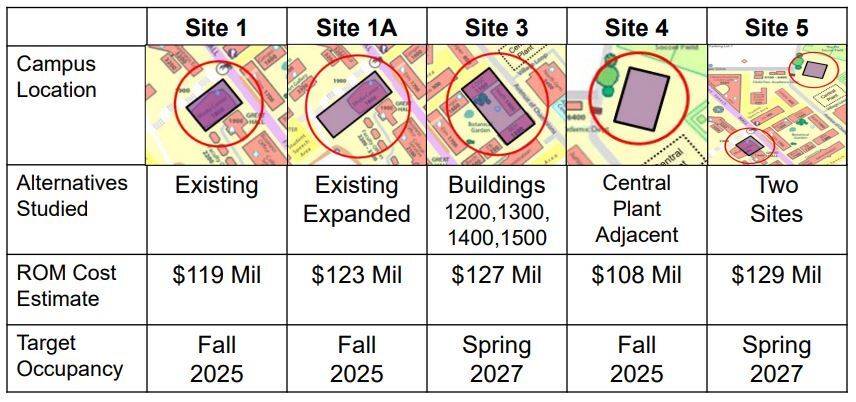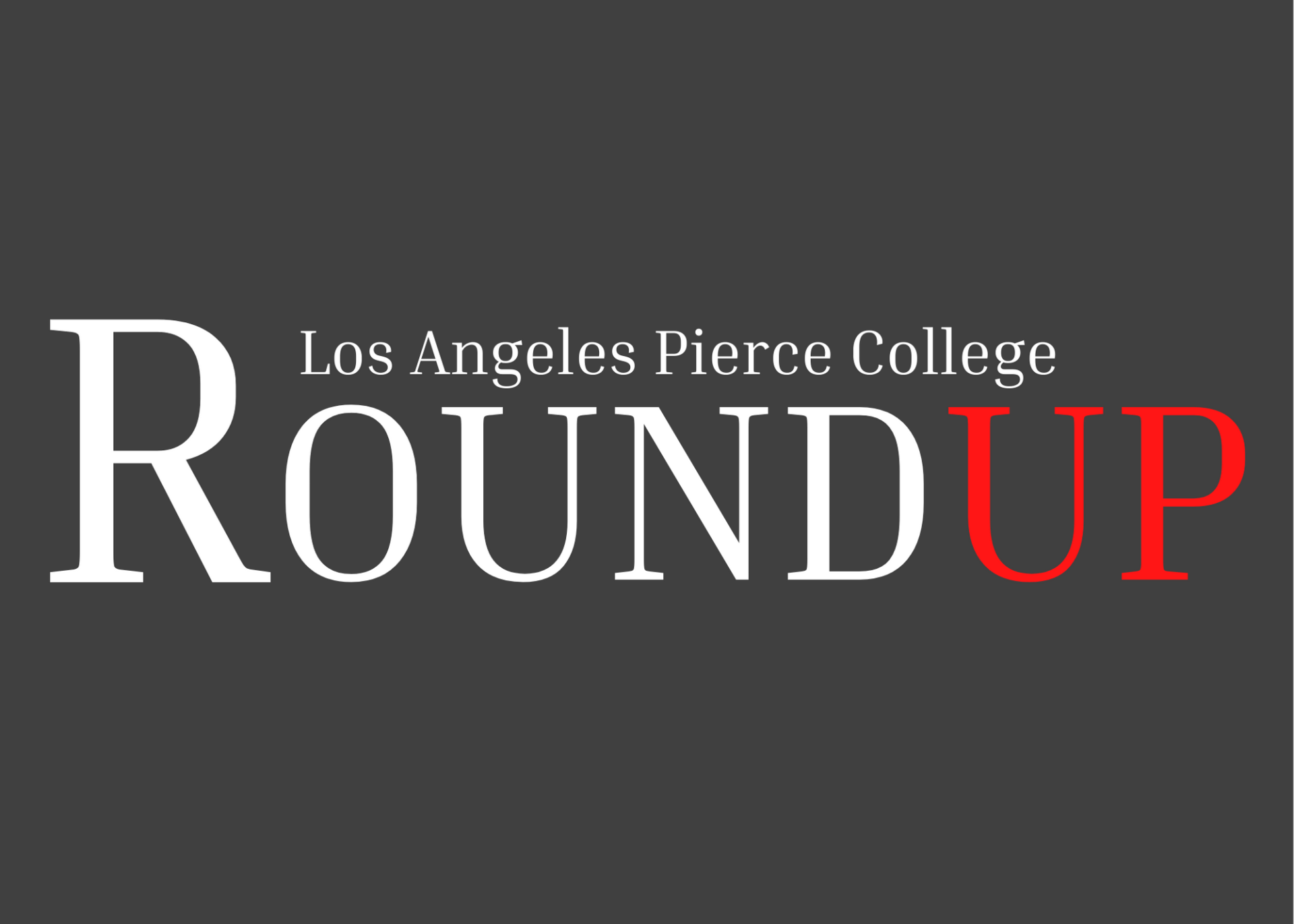
Pierce will be undergoing major changes to its campus within the next decade, one being the new multi-purpose academic workforce education building (MPAWE), which will serve a third of the campus population.
Faculty members have expressed concern about how congested a single building will be if it houses math, psychology, computer science, art and media arts department.
Jennifer Moses, an associate professor of psychology and statistics, said in a phone interview that as a faculty member she doesn’t think it’s wise to hold thousands of students into one space.
Instead, she supports the alternate proposal to have two separate buildings.
“I won’t move into a single building,” Moses said. “I already put my name for an office outside of the psychology department for this reason because I don’t think it’s safe to house a third of the campus in a single building.”
Moses said the COVID-19 pandemic shows how dangerous it is to have so many people in one building. She added that the alternate building option is safer and would have a more reasonable number of students funneling out of a single space opposed to a single building.
Math Department Chair Eddie Tchertchian said in a phone interview that the building is proposed to be built by the Great Hall. The alternative proposal would have one building by the Great Hall and another near Parking Lot 7.
Tchertchian said keeping people in one building would also make it more difficult to evacuate during a school shooter scenario.
He said Pierce originally had plans to remodel buildings 1200, 1300, 1400 and 1500, but they were changed without the consent of faculty and students.
“All of us are for getting a new building, without a doubt, because we want our students to experience beautiful classrooms,” Tchertichan said. “But we also want to keep the Pierce way [of getting faculty and staff input].”
Tchertchian said the MPAWE project will cost about $100 million to $150 million. The building is expected to be completed within six to eight years, once construction begins.
Other faculty members see benefits to a single MPAWE building such as Christopher Lay, a philosophy and sociology instructor.
In an email, he wrote that the MPAWE building would provide students majoring in philosophy and sociology a sense of “pride” because of how the department would be in the center of campus.
“In finding a home within the proposed building, the Department of Philosophy and Sociology will primarily benefit from being centrally located, giving our department a dedicated space, helping to maintain our department’s spirit of collegiality and allowing students easier access to our department’s faculty members and resources,” Lay wrote.
As of now, Lay wrote he is in support of one building, but is still on the fence about solidifying his decision.
Cara Gillis, Chair of the Philosophy and Sociology department, wrote in an email that she supports whichever building is cost effective and the least disruption to student life.
She wrote about how many departments on campus are in need of more space. She also hopes the new building is able to provide upgrades to facilities such as charging stations and comfortable seats.
“Our department only benefits when students benefit,” Gillis wrote. “Having spaces that are ideally suited to students’ needs… help students feel more comfortable learning the mind-bending and life-changing concepts our disciplines tackle.”
Gillis added that a benefit of the MPAWE building is how students can come into contact with other students with different majors than theirs.
“I hope the buildings can be used as space for interdisciplinary idea exchange, where a student walking past an open door could hear a snippet of a lecture and think ‘WTF! That sounds intriguing!!’” Gillis wrote. “Right now all the disciplines are a bit too isolated. Philosophy and sociology address issues that are covered in many different disciplines and having those spaces close to each other can encourage curiosity and investigation.”
Angela Belden, an associate psychology professor, said in a phone interview that one of the concerns she has with the new MPAWE building is how congested it will be for psychology students.
She said the psychology department alone houses 30% of Pierce’s population, which poses a problem when multiple class sections will be in session in one building.
With the new MPAWE building, Belden said there wouldn’t be faculty offices. Without them, professors won’t be able to meet with students in a confidential environment, which is in violation of instructor contracts.
Belden said faculty and students were not consulted and above all, she hopes Pierce President Alexis Montevirgen takes into consideration having two buildings instead of one.
“The process is more important than anything else,” Belden said. “Any building is better than none, but we need broader campus input and it affects all of us. Taking student and staff voices into consideration is very important and I hope that process is fair and collegial.”
Bob Martinez, former chair of mathematics and current math adjunct representative, wrote in an email that the lack of faculty input has placed a limitation on the square footage of the MPAWE building. He said this limits educational programming for students in terms of the number of classrooms and offices.
Martinez also said that department chairs should have been allowed to give input on this project.
“When chairs are not consulted, there will be false limitations on classrooms that must be used by a department for scheduling classes,” Martinez wrote. “Chairs are the experts on this.”
Moses said that in 2017 a survey was sent out to the entire campus to vote on five different proposals for the MPAWE building. She said she thought the questions themselves were flawed.
“The questions themselves didn’t make any sense,” Moses said. “The survey had five different building proposals without any background on the five proposals. They essentially gave a survey that said choose between these five choices with no context to the entire campus.”
She said because of all these flaws in the survey, it didn’t yield any useful data and gave the appearance of getting input from faculty and students.
Moses added how the survey also failed to reach out to the faculty and students who would have been directly affected with the change of the MPAWE building.
“Even though all voices matter, the people who are going to be the most impacted by the decision should have greater weight to their voices and there was none of that,” Moses said.



